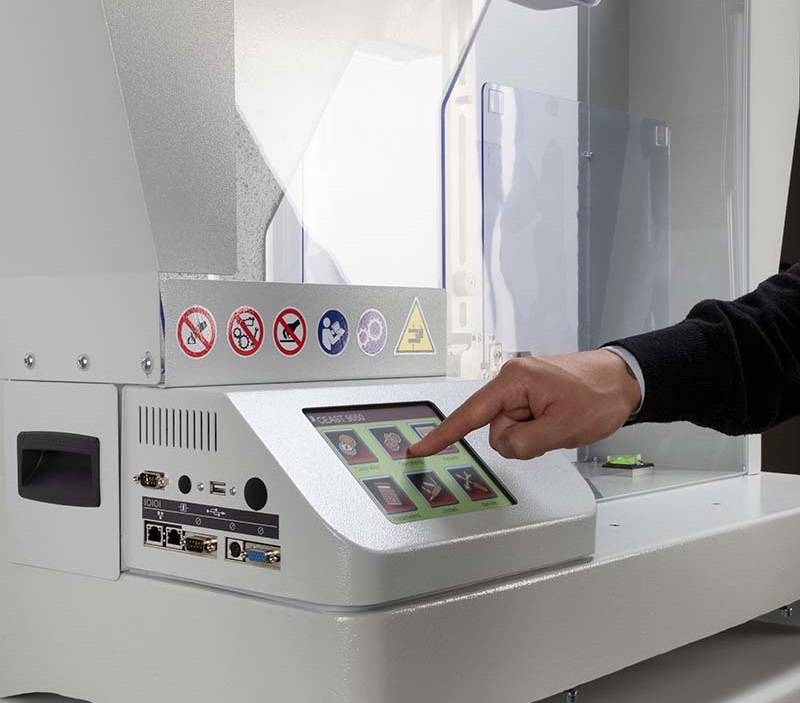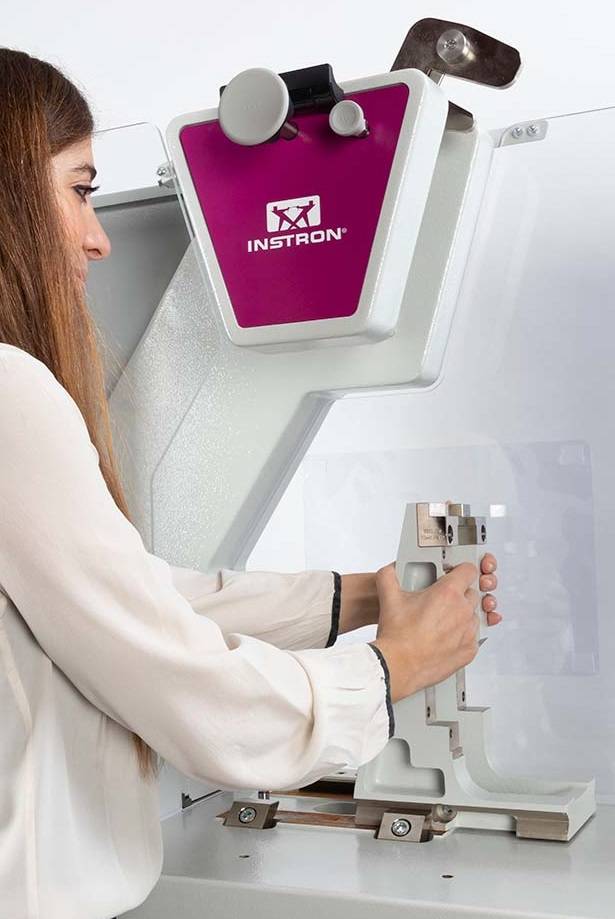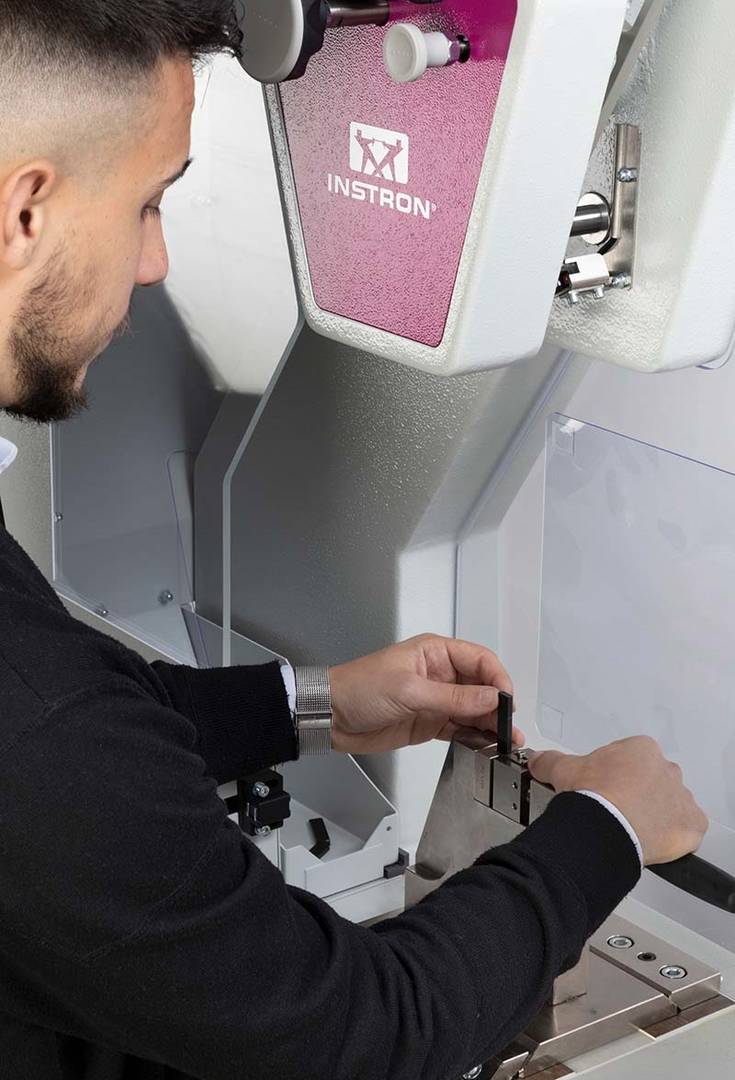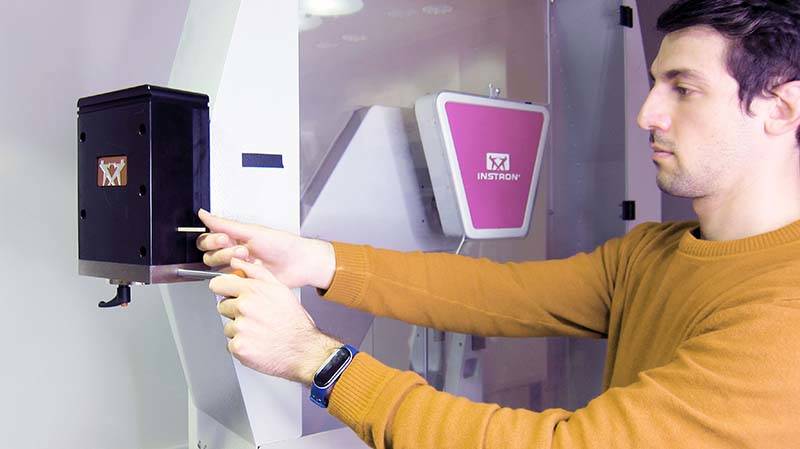A pendulum impact testing machine measures the impact resistance of materials like composites, polymers, and light alloys. Determining the pendulum impact force accurately is critical for the automotive industry, where various components can be exposed to collisions. The industry is expanding rapidly, and Quality Control (QC) laboratories must keep up with increasing demands for throughput, repeatability, flexibility, and safety. The latest pendulum impact tester technology has specific features to meet these demands. Here are some of the most critical factors to look out for when selecting pendulum impact test equipment.
1. Throughput
Manufacturers in the automotive industry require QC laboratories to run hundreds of pendulum impact tests every day. They may need to use different test methods depending on the destination of the product. A high-throughput pendulum impact tester is therefore critical to the automotive supply chain. Look out for features including
- Pre-defined test methods allowing quick switching between methods without manual input of settings;
- Built-in automatic hammer identification matching the installed hammer to the test method;
- Quick change features that make it possible to change hammers and fixtures without tools; and
- Automatic notching machines that can notch as many as 50 samples in one cycle and store all key parameters.

2. Repeatability
Polymers, composites, and light alloys are used in applications where performance is critical. This requirement places a demand on QC laboratories to maximize the repeatability and accuracy of their results.
Vibrations in the test equipment have the potential to introduce errors in the results. These vibrations can come from fastenings that loosen over time. Pendulum impact testers with solid monolithic cast iron frames overcome these challenges by eliminating fastenings in their design. A solid structure for hammers contributes to repeatability in the same way. Another source of vibration can be reduced by designing fixtures around the thickness of the sample, including miniaturized samples.
Software also has a vital role in reducing the number of manual inputs required to minimize the opportunity for human error.

3. Flexibility
The increase in variety and characteristics of materials means that a pendulum impact tester may need to meet a broader range of test requirements. Some materials need high-energy hammers (50J), while others need low-energy hammers (0.5J). Changing a hammer typically requires changing the pendulum frame too. Not only that. Test methods specify different sample sizes and shapes depending on the material. There is a trend toward miniaturized samples, especially for high-cost specialty polymers and, every time the sample characteristics change, the fixtures must be switched out.
To address the above challenges, choose advanced pendulum testers that cover a wide energy hammer range and have fixtures that make it easy to switch between sample sizes.

4. Safety
Pendulum impact testers have moving parts using high energy. Being struck by a pendulum could cause significant injuries. Additionally, there are occupational health hazards associated with the release of toxic fumes, vapors, or dust from the sample when struck by the hammer.
Pendulum testers with enclosed test areas prevent operator access to the sample during testing and limit the release of toxic dust vapors and fumes. Safety mechanisms require the use of both hands to release the hammer, and pneumatic release systems use safety interlocks to put the pendulum into safe mode when any access door opens.
5. Temperature
Material characteristics, including impact resistance, are influenced by temperature. Materials can transition from ductile to brittle at low temperatures, leading to catastrophic failure. Polymers, composites, and alloy materials used in the automotive industry must demonstrate high impact resistance at low temperatures. This means that impact tests must also be run in sub-zero conditions.
Integrated thermal chambers speed up the cooling process and minimize the risk of temperature variations during testing. The latest pendulum testers can cool 11 specimens at once to -60C, including fixtures and the impact area. This setup ensures the repeatability and accuracy of results. Another way to recreate these conditions in a laboratory environment is using an external cooling chamber. The specimens in the loader can be conditioned with the specimen feeder box in an external cooling fridge, to maintain the test temperature for longer and to test an additional loader in sequence. The specimen feeder box is then fastened to the pendulum impact tester. You can quickly and conveniently extract the cooled specimens and test them, ensuring high throughput as each loader can host up to 30 specimens.

Charpy and Izod pendulum impact testers have been in use for several years. However, the demands of the automotive industry and the properties of high-performance polymers are raising the requirements for QC laboratories. The latest pendulum impact testers can test a wide variety of materials with high throughput, flexibility, and repeatability. Modern software systems minimize the potential for user errors and provide excellent safety features.
Learn more about the Instron CEAST 9050 impact pendulum range.